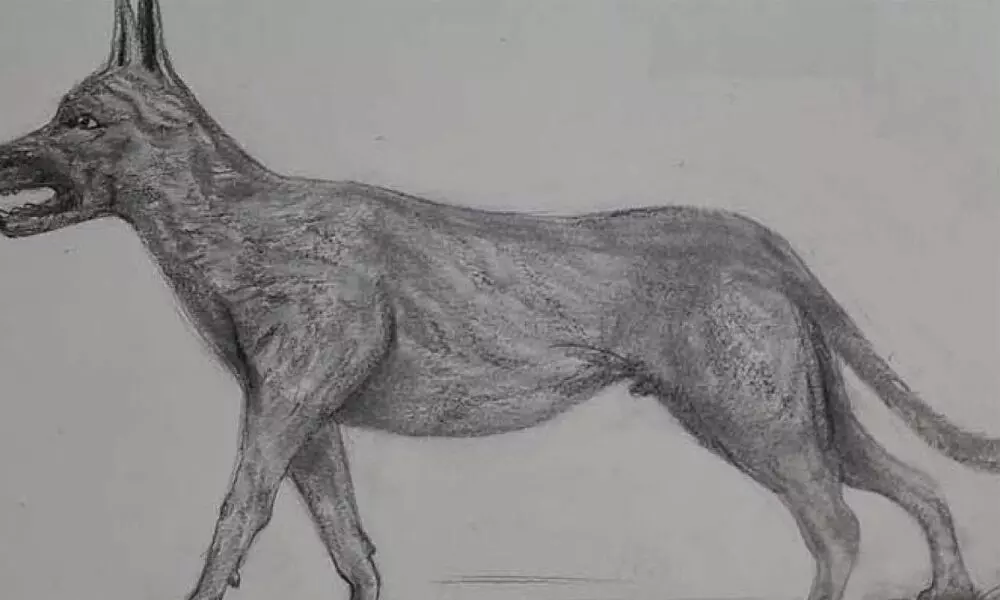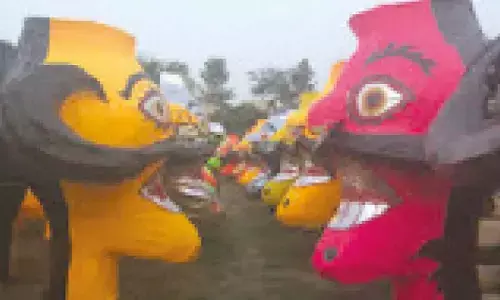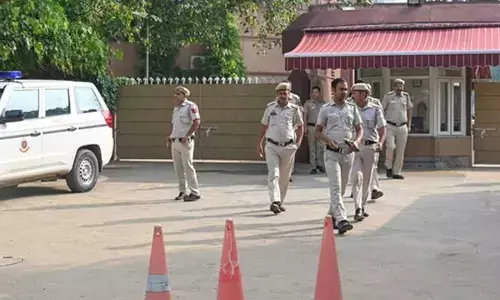Research Shows The Need To Conserve Neelagiri Cheruvan

Research Shows The Need To Conserve Neelagiri Cheruvan
- There are barely 30-60 'Neelagiri Cheruvan' in various places, with the primary population of 30-40 in The Nilgiris.
- The appearance of 'Neelagiri Cheruvan' is the most similar to that of a German Shepherd.
Dijo Thomas, a wildlife researcher from Kottayam in Kerala who is now conducting study in the Nilgiris, has appealed for the preservation of the 'Neelagiri Cheruvan' also known as 'Nai Chiruthai' in Tamil.
He said that there are barely 30-60 'Neelagiri Cheruvan' in various places, with the primary population of 30-40 in The Nilgiris. He added that as a result, there is a necessity to conserve it using research, data collection, and public education with the help of the forest department.
It's the second species in the Neelagiri Kaduva family, but it's somewhat lower. The names are varying from place to place as he noted that it is known as Nai Chiruthai in the Nilgiris, Pogeyan in Munnar, Kerala, and Nai Huli or Dodda Nai in Karnataka, but Neelagiri Cheruvan is offered as a unified common name for study and conservation purposes.
According to Thomas, the appearance of 'Neelagiri Cheruvan' is the most similar to that of a German Shepherd. It is about a foot longer than other dogs, with a longer and larger face. It is grey and brown (or pale yellow) in colour and lives at a high elevation. Its primary target for their prey is the dog, and people often mistakenly consider it for a leopard (Chiruthai) that eats dogs (Nai), thus it is named as Nai Chiruthai.
Thomas added, explaining how the animal pursues prey as it is not much larger than a dog, it is tough for it to hunt a dog. As a result, it'd bark like a dog. A dog, mistaking it for a dog, would rush to chase it out of its territory. That became the moment when Cheruvan get on its attacking mode. It would pull its prey to a hidden location and devour it. It's a solitary hunter.
Meanwhile, owing to its smaller numbers, nighttime activity, and migration up to 30 kilometres, Dijo Thomas, who had previously presented papers at the Indian Science Congress, claimed it is extremely difficult to photograph the 'Neelagiri Cheruvan.'
Next Story


















